Quails are a large group of birds that make up two different families. “New World” quail, or those from North, Central, and South America, are in the Odontophoridae family. “Old World” quail, or those from Eurasia and Africa, are in the Phasianidae family. These little birds are closely related to chickens, pheasants, ptarmigans, partridges, and more. Read on to learn about the quail.
Description of the Quail
Quails vary greatly in shape, size, and color, depending on the species at hand. Scientists recognize at least 43 different species of these birds, so that is quite a lot of variety! With that said, most are cryptic colored, or colored to match their environment. This usually equates to brown colored birds, with dark brown or black patches or banding. Some species, particularly the males of species, are more colorful.
Interesting Facts About the Quail
With so many different species, there are simply endless interesting facts to share about quail. We have selected a few particularly titillating tidbits to share with you below!
- A Real Nestful! – Some species of quail are incredibly productive layers. In fact, clutches of eggs can sometimes reach 20 or more in number! That’s a lot of eggs to lay, and a lot of eggs to incubate!
- Common Creatures – Some species of quail are incredibly common. One of the most common species of quail in North America is the bobwhite quail. This bird is exceptionally popular as a game bird. Thankfully, the U.S. Fish & Wildlife Service regulates hunting and keeps their populations healthy.
- Headgear – Several species of these birds, including California quail and Gambel’s quail, have characteristic crests of feathers. These crests look somewhat like commas, and emerge from the top of the bird’s heads to hang in front of their face.
Habitat of the Quail
These birds live in a wide variety of habitats across different regions and continents. Habitat preference varies from species to species, though many species have overlapping preferences and ranges. The vast majority of species live on the ground, but they can fly if they need to.
Some of the different ecosystems that they inhabit include grasslands, meadows, savannas, and more. They like to live in tall grasses, or areas with low shrubbery. Many species also live in agricultural fields or farmland.
Distribution of the Quail
Quail live on virtually every continent except for Antarctica. They live in North America, Central America, South America, Europe, Asia, Australia, Africa, and more.
Different species live in different regions. “New World” quail live in the Americas, while “Old World” quail live in Europe, Asia, Africa, and Australia. Some species are incredibly widespread and live across vast expanses. Other species only live in a tiny area or island.
Diet of the Quail
While their diets vary from species to species, most of these birds have similar feeding habits. They are either primarily herbivores, and eat only plants, or omnivores, and eat plants and insects.
Some of the different types of plant matter that they eat include seeds, berries, grasses, buds, and more. They also hunt for spiders, beetles, worms, insect larvae, ants, and a wide variety of small invertebrates.
Quail and Human Interaction
Human interaction impacts these birds heavily, though some species are more susceptible to population decline. Hunting is one of the primary interactions between humans and quails, as many of these species are game birds.
Some species are also impacted by habitat destruction to various degrees. For example, the IUCN lists one species, the Himalayan quail, as Critically Endangered for those reasons.
Domestication
Humans have fully domesticated quail for both their meat and eggs, though we keep some species as pets. Most domestic quail are descendants of a Japanese species, which humans selectively bred to produce friendlier birds that lay more eggs.
Does the Quail Make a Good Pet
Yes, these birds can make good pets, but only in the right circumstances. Wild quail are frightened of humans and do not make good pets.
Domestic species are generally not good house pets, and need to live in larger aviaries. These aviaries must be predator proof, because these birds are in high demand as meals! If you have the space, and the time, these birds might make a good pet for you.
Quail Care
It is important to research the specific breed and its need before you bring your new pet home. They need a safe place to forage for food and socialize. If your quail breed is social, you need more than one bird for them to be happy.
Their enclosure should comprise small mesh that protects them from predators like foxes, snakes, and hawks. You should also provide a variety of bushes and shrubs for your birds to hide under.
Behavior of the Quail
Quail behavior varies from species to species. Some species are solitary for most of the year, while other species live in small flocks. Most of these birds spend their time foraging on the ground in search of food. If frightened, they either fly into the trees, or run for dense bushes and grasses to hide.
Reproduction of the Quail
Like their behavior, each species is different when it comes to reproductive strategies. Most species lay surprisingly large clutches of eggs, and some quail can lay as many as 20 eggs in a single nest.
They lay at different times of year based on where they live, usually revolving around the temperature or season. Eggs usually hatch quickly, sometimes in less than three weeks. The chicks develop at different rates, and reach independence at different ages based on the species.

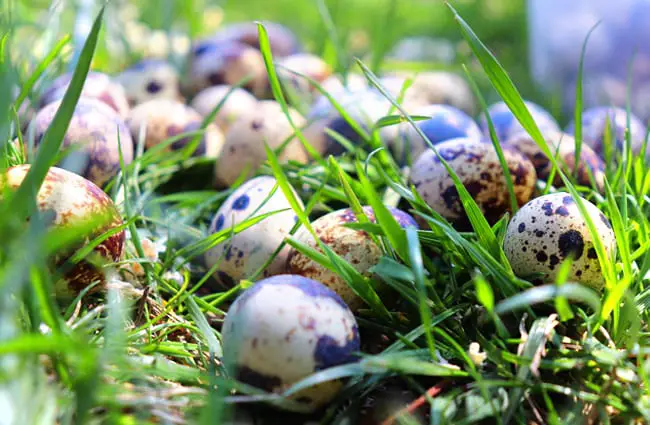
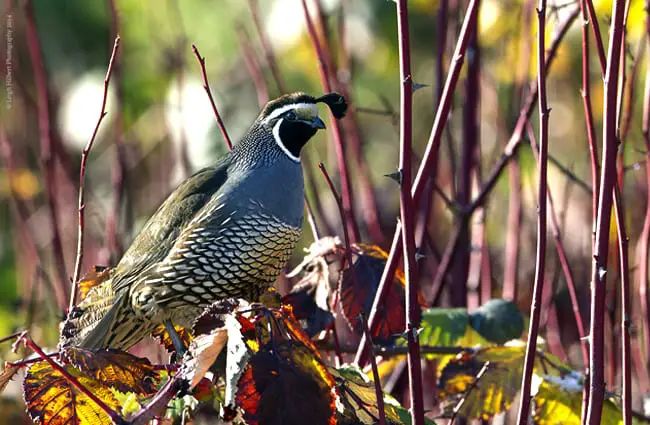
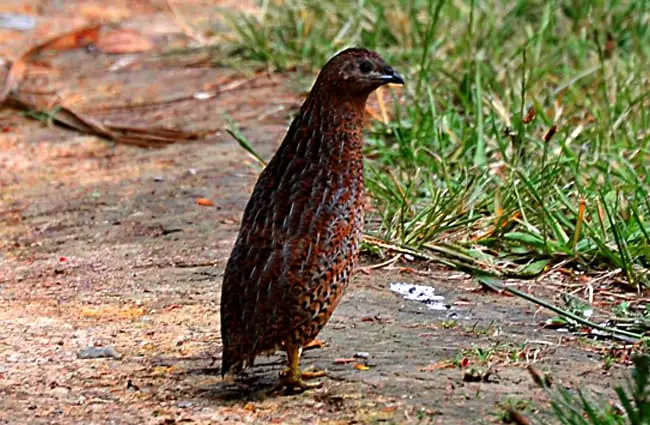


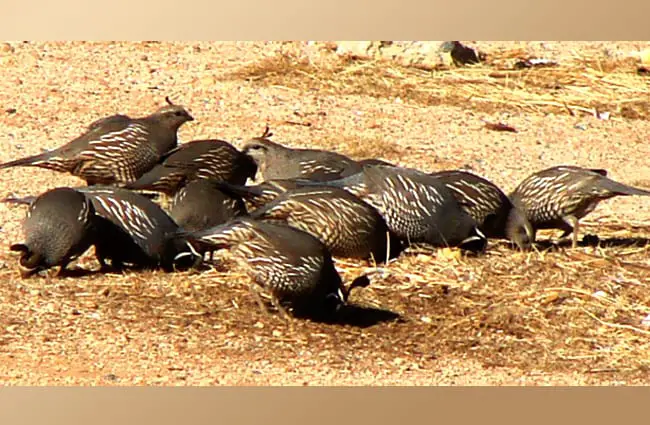
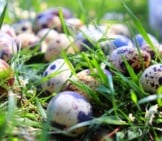
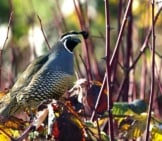
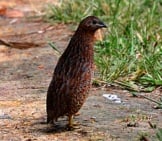
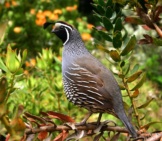

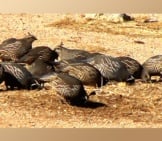
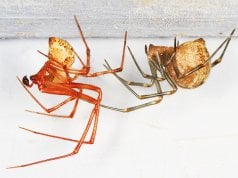
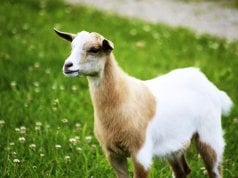











![Red Angus Closeup of a beautiful Red Angus cowPhoto by: U.S. Department of Agriculture [pubic domain]https://creativecommons.org/licenses/by/2.0/](https://animals.net/wp-content/uploads/2020/03/Red-Angus-4-100x75.jpg)

